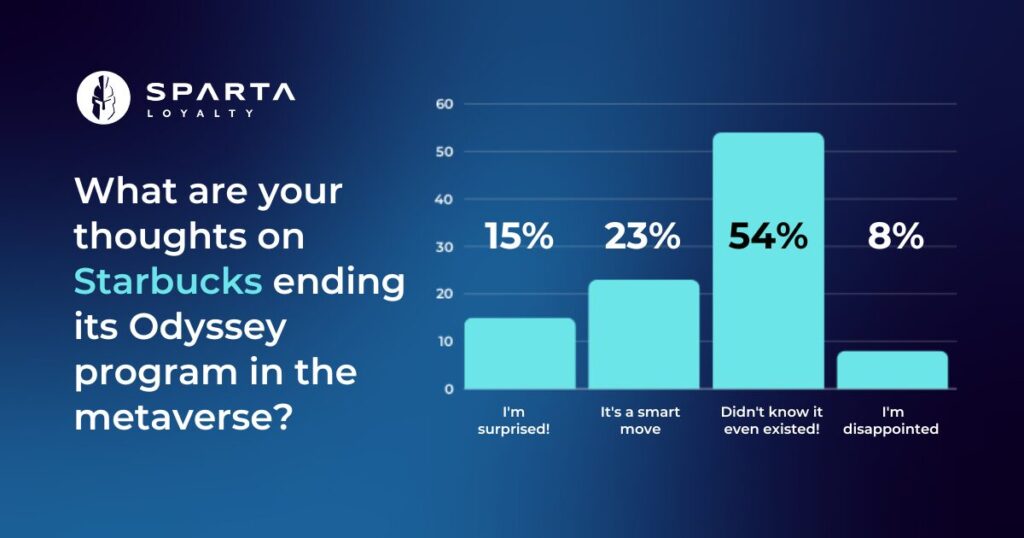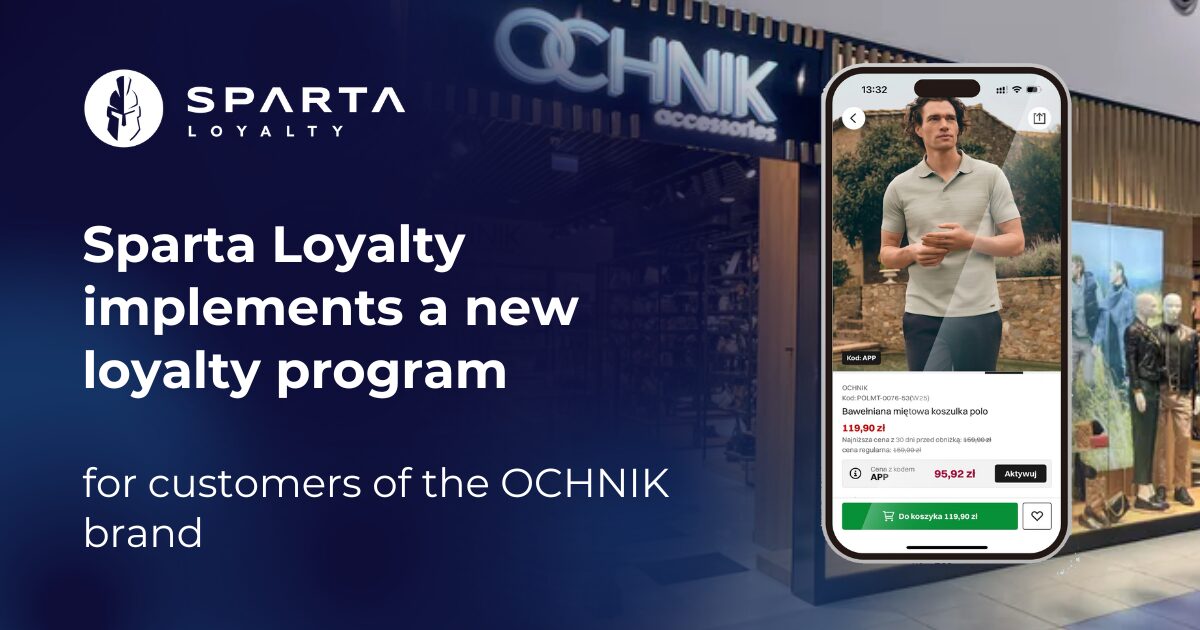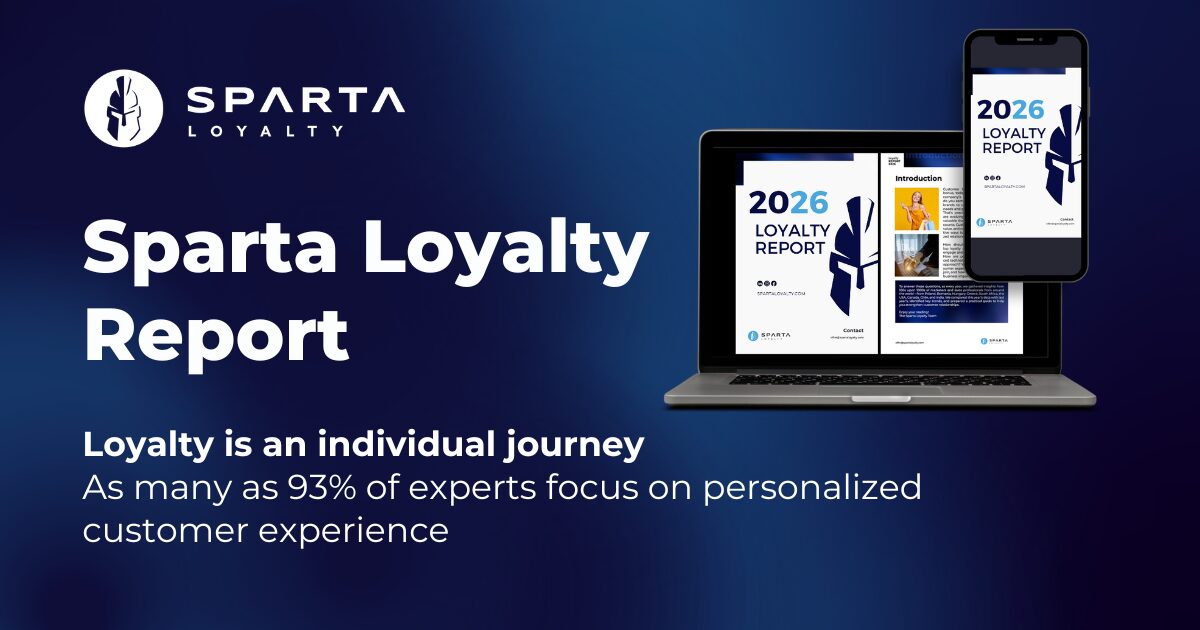On March 15, 2024, Starbucks announced the closure of Starbucks Odyssey, its NFT-centric loyalty program. This decision has sparked debates about the viability and future of Web3 loyalty programs. Launched in December 2022, Starbucks Odyssey aimed to integrate NFTs into the Starbucks Rewards ecosystem. However, its shutdown raises critical questions: Is this an isolated incident, or does it reflect broader issues with Web3 loyalty programs?

The Promise and Pitfalls of Web3 Loyalty Programs
Web3 loyalty programs, leveraging blockchain technology, were envisioned as a revolutionary way to enhance customer engagement. They promised interoperability, immutability, and personalization, offering customers unique, tradable digital assets and a more immersive experience. Brands like Nike, Adidas, and Reddit have also ventured into this space, creating digital collectibles and integrating blockchain-based rewards into their loyalty schemes.
Despite the initial excitement, these programs face significant challenges. The complexity and unfamiliarity of blockchain technology can deter average consumers. In the case of Starbucks Odyssey, participants could earn NFTs called Journey Stamps and Odyssey Points through various activities. While this was intended to deepen engagement, it ultimately resulted in a convoluted system that many found cumbersome and unclear.
The Complexity Conundrum
One of the critical issues with Odyssey was its complexity. Successful loyalty programs thrive on simplicity and ease of use. Starbucks Rewards, the core program, is a model of such simplicity: customers earn stars for every dollar spent, which can be redeemed for tangible rewards like free drinks and merchandise. In contrast, Odyssey required participants to engage in multiple steps, from watching videos and taking quizzes to purchasing NFT Stamps, creating a barrier to seamless participation.
Laura McGill, Head of Marketing at Benamic, emphasized that “simplicity is paramount” in loyalty schemes. Customers seek straightforward, engaging experiences without the need to navigate complex rules or systems. Odyssey’s multifaceted approach likely contributed to its downfall by overwhelming users with its dual-currency system and various engagement tasks.
The Market Timing and Misalignment
Timing also played a crucial role in the failure of Starbucks Odyssey. By the time of its launch, the initial fervor surrounding NFTs had significantly waned. The market value of NFTs had plummeted from their 2021-2022 highs, reducing the perceived value of digital collectibles as a compelling loyalty reward. Furthermore, Starbucks might have underestimated the need for a clear “why” behind the integration of NFTs into their loyalty program, leading to a lack of compelling reasons for customer participation.
Broader Implications for Web3 Loyalty Programs
The closure of Starbucks Odyssey is not necessarily a death knell for all Web3 loyalty programs, but it does highlight important lessons. The failure underscores the importance of aligning new technologies with clear, customer-centric value propositions. Retail businesses must ensure that the integration of blockchain technology addresses genuine customer needs rather than merely chasing the latest trend.
Moreover, while Web3 offers promising features like interoperability and enhanced personalization, these benefits must be communicated clearly and implemented user-friendly. The success of future Web3 loyalty programs will depend on their ability to balance innovation with simplicity and tangible value.
Conclusion
Starbucks’ decision to shutter Odyssey reflects both the challenges inherent in adopting new technologies and the specific missteps in the program’s design and execution. While not a definitive indication of the failure of Web3 loyalty programs as a whole, it serves as a cautionary tale. Brands looking to venture into Web3 must prioritize clear, simple, and compelling customer experiences over complex technological implementations. As the digital landscape evolves, the lessons from Starbucks Odyssey will be invaluable for designing the next generation of loyalty programs.
References
- Sentance, R. (2024, March 28). Starbucks Odyssey: What the short-lived NFT beta tells us about loyalty schemes.
- Leal, J. (2023, September 6). What are web3 loyalty programs?
- Adesola, A. H., Adewale, A. A., & Aladenika, B. (2022). The Impact of Web 3 on Digital Marketing Strategies of Retail Businesses in the United States.






